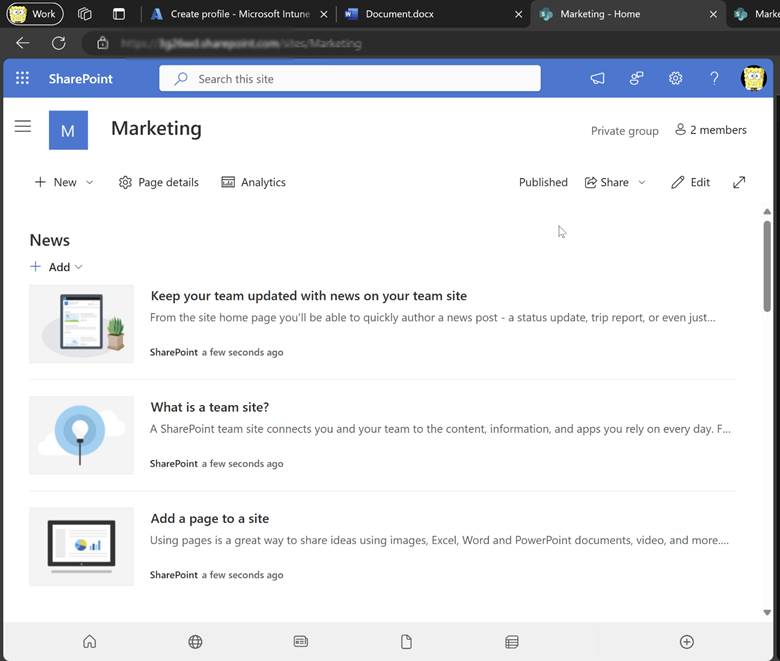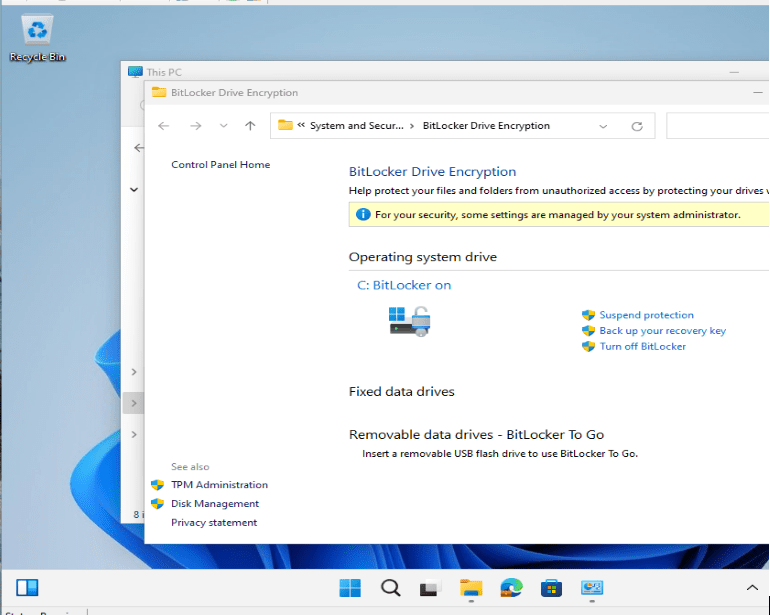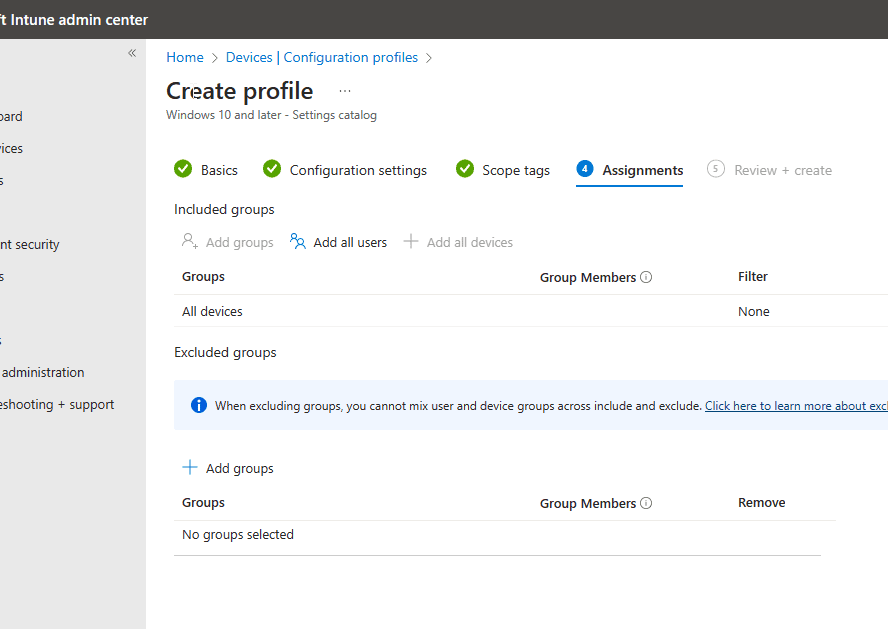ConfigMgr Console
Why Microsoft Configuration Manager Endures in a Cloud-First World
Topics: ConfigMgr Console
This post was inspired by a previous post by Jannik Reinhard (MVP), “Configuration Manager and Intune: Why ConfigMgr Remains Valuable,” and continues the conversation.
There’s a growing push to shift towards cloud-based management for devices, a change that many IT professionals find daunting. Transitioning to the cloud often means overhauling established processes that have been refined over many years. Consider the time required, the considerable learning curve, and the uncertainty of the outcome—factors that necessitate extensive training, meticulous planning, and thorough testing to ensure a successful rollout. It’s a significant amount of work, especially in an environment where SysAdmins are already expected to do more with fewer resources.
The Shift Toward Cloud Management: Challenges and Considerations
In my previous role as a manager and owner of a ConfigMgr environment, I kept asking myself questions like:
- Where am I going to find the time to learn this or do this?
- If it’s not broken, why fix it?
Yes, I am talking about Microsoft Configuration Manager (ConfigMgr), also known as SCCM, MECM, etc. ConfigMgr is a powerful tool that many have already invested significant time and training into. It also continues to perform well.
So, let’s explore why ConfigMgr is still valuable today.
The Value of Configuration Manager in On-Premises Environments
Firstly, many organizations continue to rely on on-prem Active Directory (AD) and on-premises resources. This dependency is a primary reason why ConfigMgr remains essential. It integrates with our AD environments seamlessly, allowing us to gather valuable information about users and devices, as well as allow us further controls for those devices. ConfigMgr puts a lot of information about those objects in AD at our fingertips, allowing us easy access to the information.
Server Management: Where Configuration Manager Shines
For those familiar with Intune or other MDM solutions for Windows, it’s well known that server management is not their strongest suit. Even in organizations that have shifted workstation management to the cloud, server management often stays on-premises due to the different requirements involved. You can manage them with Azure Arc, but it is different from using Intune. In most scenarios, it is just easier to leave them and manage them on-premises, further bolstering the need for ConfigMgr.

Application Delivery with Configuration Manager
If you’ve used Intune for any length of time, you’ve likely encountered its limitations in application delivery. Yes, it can deploy applications, but there really isn’t any control as to when devices get those applications or logging around the installation of that application. ConfigMgr provides a more refined application delivery system, allowing users to get the applications they need when they need them while allowing the admins to monitor and diagnose issues easily.
Along these same lines, if you enable Software Metering, ConfigMgr provides statistics on which applications are used most often, allowing you to determine future behaviors and make informed decisions.
Compliance and Configuration
Another area where ConfigMgr has more flexibility than Intune is in its Compliance Baselines with Configuration Items. Yes, there are compliance and configuration items in Intune, but your configuration items won’t apply if your devices aren’t compliant for some reason. This results in you having to try and troubleshoot the compliance before verifying the configuration items are working as expected. In ConfigMgr, this is easier and more reliable with accessible results.
Granular Control Over Windows Updates
SysAdmins are also tasked with ensuring that our devices are secure, managing Windows Updates with ConfigMgr gives more granular control over what and when updates are deployed. If you’ve used Windows Update for Business, you know that while it works well, it doesn’t offer control over which updates are applied or when they’re installed. There are settings to control when updates are applied, but none to control what gets deployed. However, when ConfigMgr is integrated with WSUS (Windows Server Update Services), it provides granular control over what updates are applied to which devices and when, even allowing you to patch servers on the same schedule.
Enhanced Reporting Capabilities in Configuration Manager
ConfigMgr outperforms Intune significantly in reporting capabilities. While Intune offers limited built-in reports, ConfigMgr, with the installation of the Reporting Services point, provides a wealth of readily accessible reports. It’s also much easier to create or install additional reports, giving you deeper insights from the data you’re already collecting. This is particularly valuable for managing Windows updates, an area where comprehensive reporting is essential and where Intune falls short. ConfigMgr comes with a wide range of pre-built reports covering all aspects of your environment and offers flexibility by supporting both SQL Server Reporting Services (SSRS) and Power BI Report Server.
The Role of Configuration Manager in Operating System Deployment (OSD)
While ConfigMgr excels in many areas, one critical aspect worth highlighting is Operating System Deployment (OSD). Although Intune can “provision” a computer, it doesn’t offer the same capabilities as performing a full OSD. Intune is designed to manage computers with an existing operating system, but it lacks the tools to easily deploy a new OS. If you need to reinstall an OS due to corruption or other issues, you’d typically have to create a bootable thumb drive, manually install the OS, and then go through the provisioning process with Intune. This process is time-consuming. In contrast, ConfigMgr’s OSD allows you to fully configure devices for end users much more efficiently, using a combination of task sequences, application deployments, and configuration items tailored for on-premises or hybrid environments.
Conclusion: Configuration Manager is Still a Critical Tool for IT Teams
As discussed in this article, Microsoft Configuration Manager (ConfigMgr) continues to be a valuable tool for managing IT environments, especially those with on-premises or hybrid setups. It offers reliable control and flexibility for server management, application delivery, and compliance monitoring.
If you’re looking to improve your existing processes, need assistance with IT management, or need help transitioning to the cloud with less stress, Recast Software is here to help. We offer tools and expertise that can integrate seamlessly with your current setup.
